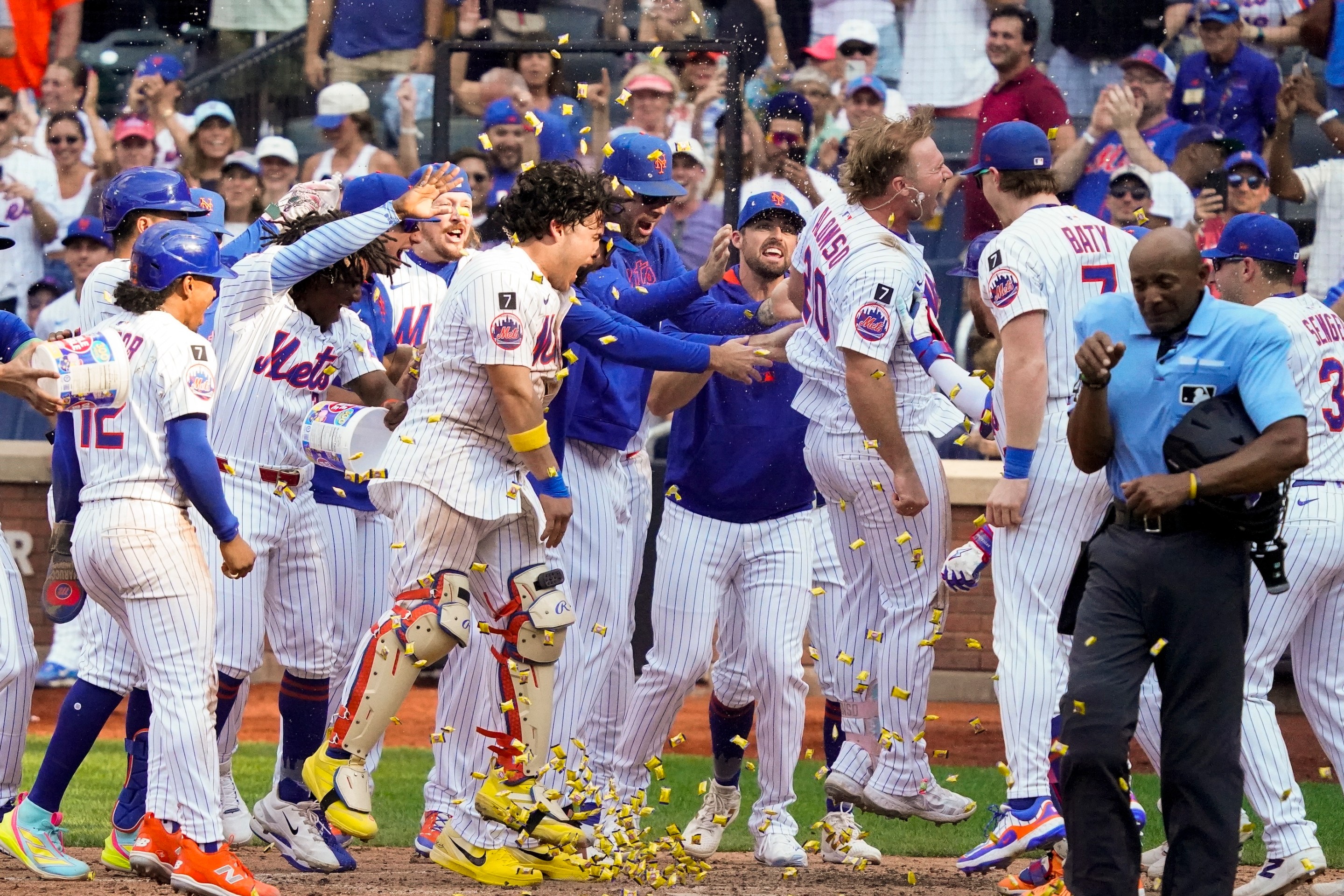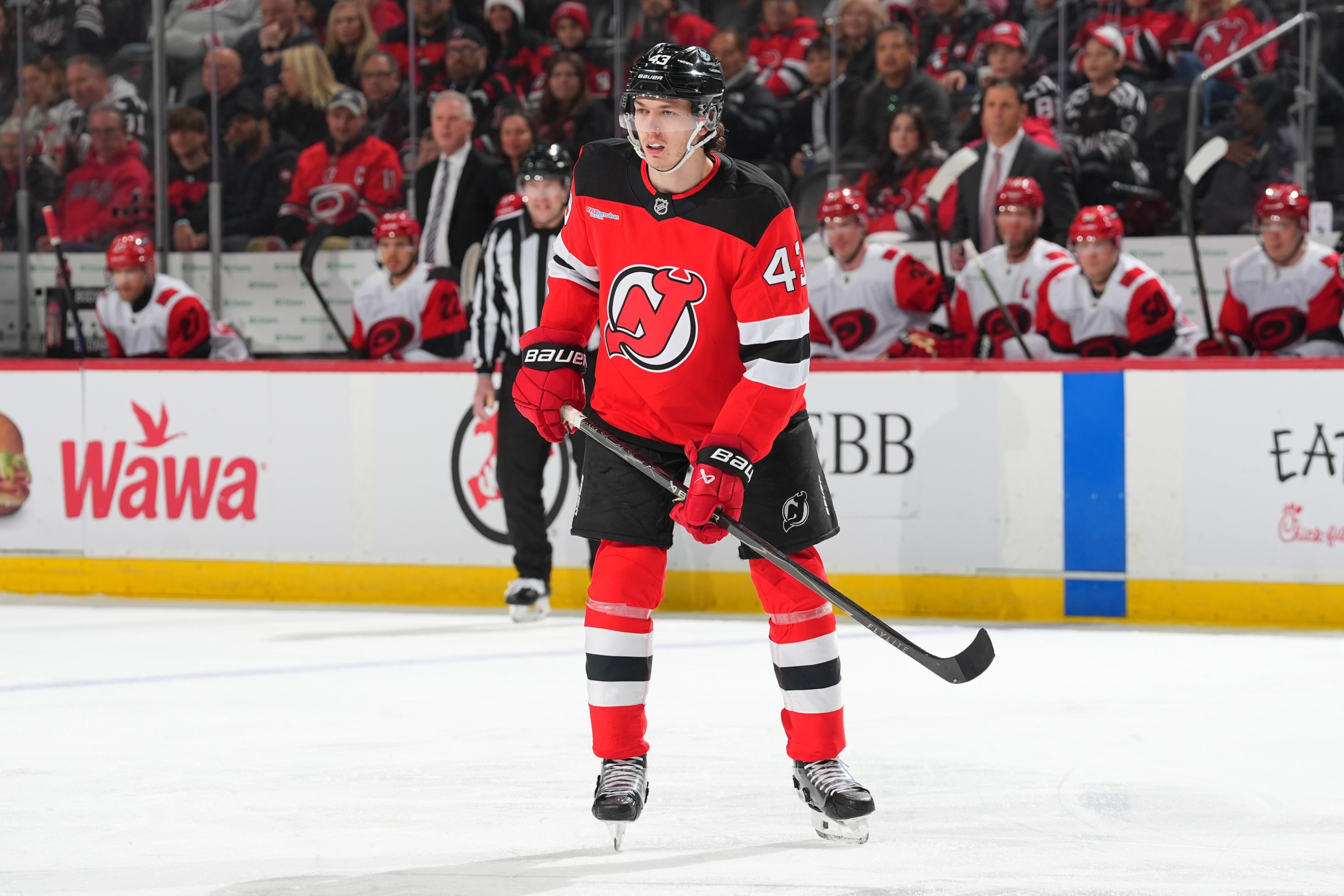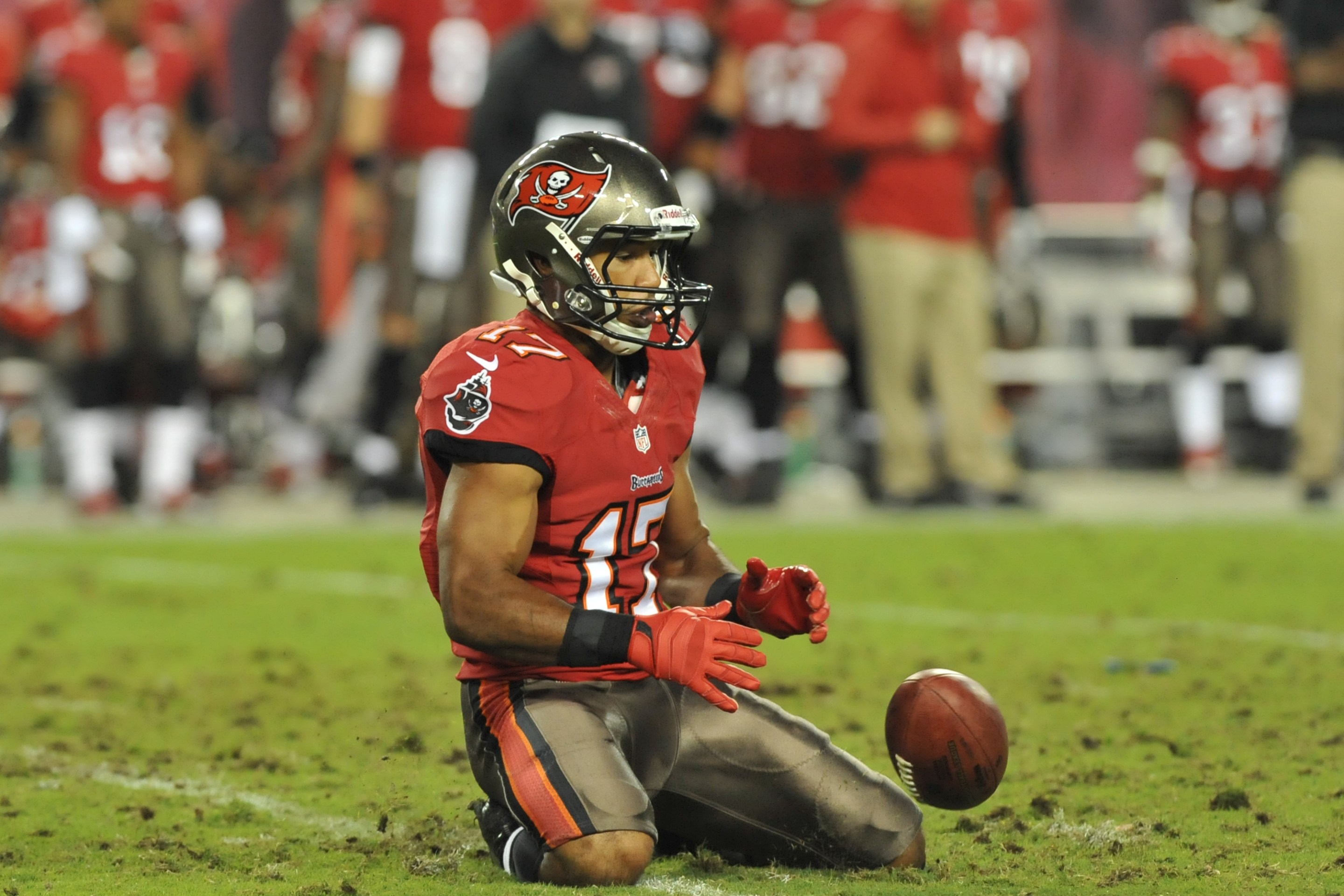FLUSHING, N.Y. — My nephew is still learning how to watch the Mets, and it is with roughly equal amounts of pride and dismay that I can report he seems to be picking it up pretty well. It took years, and a decent number of previous trips to the ballpark that were in retrospect transparently treat-driven experiences, for him to begin caring about the team; he bailed on baseball quickly as a sport to play, but the confluence of factors pushing him the direction of the team, foremost among them the climatological realities of being an adolescent boy growing up in Queens, eventually got him there. This is his first season truly in the lifestyle, and he arrived just in time to watch some very good and then some extremely bad baseball. That's not what you want, but it is efficient.
Some of that baseball, and this part can't really be helped, he has also had to watch with me, and so I guess also has watched me watch. I tried, during the week that my family spent at the Jersey Shore this summer, to talk to him about what being a fan of this or any other baseball team would be like. It was appropriate, if not remotely helpful, that I tried to do this while my family gathered to watch the new relief pitchers that the Mets acquired at the deadline, in deals that I thought were generally very well-targeted and well-executed, as they gave up one ringing double after another during a seven-game losing streak that overlapped nearly perfectly with our time at the beach. The idea of becoming someone committed to that—the most basic argument in favor of all this being a worthwhile way to spend your summer evenings, let alone a viable long-term investment for some percentage of your emotional wellbeing and sense of self—does not make a lot of sense in the abstract. It makes even less sense from one of those moments to the next.
This year's Mets, which have been as many as 21 games above .500 and comfortably ahead of the pack in the National League East, came into Sunday's game against the Texas Rangers on an eight-game losing streak, a handful of games over .500, and in very real danger of reversing all the way out of the postseason. This was less the result of the Giants, Diamondbacks and Reds catching up to the Mets—both San Francisco and Arizona had sold at the deadline, in fact—than it was the Mets vigorously rowing backward to meet them. Since the beginning of August, the Mets have played 11 games under .500, and with the exception of one giddy three-game sweep of the division-leading Phillies in Queens it has all felt exactly that bad or worse. The bullpen is gassed and tattered. The team's veteran starting pitchers have spent months in varying degrees of freefall, with Kodai Senga currently working to straighten himself out at Triple-A, Sean Manaea pitching both gamely and laboriously through bone spurs in his elbow, and Clay Holmes finishing a mostly successful first season as a starting pitcher with a series of increasingly dispiriting four-inning outings. Juan Soto has been the best offensive player in the NL for a decent while now, but the lineup's other heavy hitters have come up notably light since the All-Star break; the bottom third of the lineup has been deeply accursed, a reeking quicksand bog from which only very slow ground balls can escape. They are vague and strange and confounded when they are not trying much too hard; none of it is really working right now.
Some of this is bad sequencing, which is to say bad luck. At some point it is also just what it looks like, which is a team that does not have any good answers for the questions that every game presents. This is not something you'd want to tell a kid who is getting into baseball for the first time, at least if you want to keep that kid caring about it. But also this is part of what you learn when you learn how to be a fan—how to identify and understand what you're looking at, while also understanding how little you actually know about it.
An example I tried to use, at the shore, had to do with Ryan Helsley, who spent much of this year as one of the best relievers in the NL and has loudly and rapidly exiled himself to the deepest reaches of the bullpen since coming over at the trade deadline. Helsley's pitches look overwhelming: Even for someone who more or less understands why it's happening, it still does not really scan that a fastball that arrives at 101 miles per hour can be sent back so rudely, and so much faster. For most of his career, Helsley's pitches have been as overwhelming as they look, but his fastball command has vanished with the Mets, which has made it harder for him to use his slider in the ways he has previously used it in concert with that fastball, which in turn has set off a cycle that looks from one uneasy outing to the next much more like a spiral. "I'm trying anything and everything," he said after a disastrous outing earlier this month. "It feels like I make a good pitch and it gets hit, then mistakes obviously get hit as well." There are some interesting things to learn there—how much everything depends on everything else, how vulnerable and contingent and difficult it all is, and how as a result a team's broader outcomes tend to tunnel in the same way that good pitches do, approaching as one thing before diverging in trajectory once you've committed to believing that they're something else. The sound of baseballs being driven, very hard, off a padded wall by an endless procession of Milwaukee Brewers will tend to drown this sort of lesson out.
Also it is hard to be that far above any of it when you care, too; there is a reason why most teachers do not get up in front of a classroom and groan and sulk like Paul Rudd cleaning up after himself in Wet Hot American Summer. I have to watch this shit, too, and it stinks. That I know how to watch it—that, as I somewhat testily reminded my wife on Sunday when she dared question my knowledge of where the good vegetarian sausage-and-peppers stand at Citi Field is located, "I know how to go to a Mets game"—does not mean that I really know how to deal with it. I don't crash out, or not often, but I notice what it does to my mood when the team goes a week without a win, stacking desultory 8-3 losses and bullpen meltdowns in the background. I noticed, on Sunday, what it was doing to my experience of being at the ballpark.
That experience, overall, was great. My sister and her family were there, as were a couple of other good friends and their families. The sun was shining and the seats were good and one of the team's few current bright spots—Nolan McLean, who was drafted as a two-way prospect in 2023 and has over the course of six commanding big-league starts cemented himself as both the team's sure-thing Game 1 starter and the best reason they might yet make the playoffs—was on the mound. We were scattered around a mostly full section and moved around between innings as people came and went; my nephew and niece arrived in their soccer uniforms and left in the seventh inning, after McLean had finished six scoreless innings and after the bullpen had given that 2-0 lead back, to go play in their soccer games. My niece, who absolutely does not care about any of this, reads a book in her seat and lets you know when she's ready for ice cream; as the bullpen duffed away the lead, I looked up to see my nephew, a few rows ahead, with his head in his hands, or turning around with a "what are they givin' me" expression on his face.
These sorts of communal Mets game experiences, which I treasure, are easier to have in lost seasons, when the secondary market for tickets collapses and it becomes easier to convince friends to come out to watch a game they don't really care about. When the stakes are lowest, the ticket price is more or less a cover fee for admission to a severely overpriced beer garden at which your friends and their children are also hanging out, and where there is a much higher chance of seeing Mr. Met than at the average beer garden. We have all done this enough that my friends have moves to manage it, the kind of tricks that parents who take young kids to ballgames invariably develop. Outside food is a big one: On Sunday, one friend brought Tibetan food that she got on the way to the train. Another friend, when hosting a 15-person birthday party for her son at a Mets game, brought five pizzas into the stadium with her. This is also part of knowing how to be at a Mets game: learning the rules, and how to have a good time within them in the way you like best. The baseball is pushed to the background, but that is a fine place for a baseball game to be.
I tried to leave it there on Sunday. People I cared about and don't see often enough were there, and the sun was shining on my face, and while I did not feel good watching the Mets bumble and fizzle through what felt like one of their signature loss-styles, I was not going to let some lousy (just awful, I don't know what is going on with him) at-bats from Cedric Mullins wreck any of that. I ate a momo; it was delicious. I muttered "I hate this move" to no one in particular when the Mets brought in Reed Garrett with runners on base, and I took no pleasure in quickly being proven right. The shadows surged all the way down the section, and then out into fair territory. I told a friend, for reasons I cannot really parse, that I liked the gnarly-looking Mets reliever Ryne Stanek in large part because I learned during Spring Training that his wife enjoys making sourdough bread.
Stanek effortfully stranded the ghost runner in the top of the 10th, and the best of the Mets order faced Rangers reliever Luis Curvelo in the bottom of the inning. Francisco Lindor was sent to second; Juan Soto was issued an intentional walk and sent to first. Pete Alonso, who had gone 44 at-bats since his last homer, sent Curvelo's third pitch into the bullpen in right field at a high rate of speed. While Alonso's teammates bopped up and down at the plate and whomped him on the head and yelled "Let's go" and emptied a bucket full of little nurdles of Dubble Bubble onto him, I high-fived friends and strangers; a friend's son, the one who had the five-pizza birthday party at a Mets game, gave me a hug; I was struck, absurdly, by the urge not just to kiss my wife, which I did, but to like dip her, as I had at our wedding.
"I felt," Alonso said on the field afterward, "like I was surfing on top of a dragon on that one. That was sick." I tried, when I sat down to write this, to remember how I responded to the homer in the moment. I know that I was standing up by the time it landed, and when I became aware of them again I realized that my arms were extended, not above my head in the traditional Surfing On Top Of A Dragon pose of exultation but just straight out, palms up, as if to catch something falling from a great height. I don't know why I did that. There are still some things about all this—being at a ballgame, caring about this stuff—that I do not know, or need to know.






